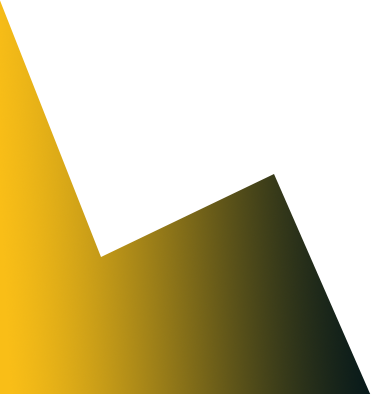

Apexmass in Textiles

Textile Unit is primarily concerned with the design, production and distribution of textiles: yarn, cloth and clothing. The raw material may be natural, or synthetic using products of the chemical industry.
Synthetic fibers
Artificial fibres can be made by extruding a polymer, through a spinneret (polymers) into a medium where it hardens. Wet spinning (rayon) uses a coagulating medium. In dry spinning (acetate and triacetate), the polymer is contained in a solvent that evaporates in the heated exit chamber. In melt spinning (nylons and polyesters) the extruded polymer is cooled in gas or air and then sets. Some examples of synthetic fibers are; polyester, rayon, acrylic fibers and microfibers. All these fibres will be of great length, often kilometres long. Synthetic fibers are more durable than most natural fibers and will readily pick-up different dyes .
Artificial fibres can be processed as long fibres or batched and cut so they can be processed like natural fibre. Synthetic fibers or synthetic fibers are fibers made by humans through chemical synthesis. They are the result of extensive research by scientists to replicate naturally occurring animal and plant fibers. In general, synthetic fibers are created by extruding fiber-forming materials through spinnerets, forming a fiber.
Natural fibers
Sheep, goats, rabbits, silkworms, and other animals, as well as minerals like asbestos, are sources of natural fibers (cotton, flax, sisal). These vegetable fibers can originate from the seed (cotton), the stem (bast fibres: flax, hemp, jute), or the leaf (sisal). All of these sources require a number of steps, each of which has a distinct name, before a clean, even staple is produced. All of these fibers, with the exception of silk, are short, only a few centimeters long, and have a rough surface that allows them to adhere to other like staples .
Textiles have an assortment of uses, the most common of which are for clothing and for containers such as bags and baskets. In the household, textiles are used in carpeting, upholstered furnishings, window shades, towels, coverings for tables, beds, and other flat surfaces, and in art. These fibers are used for durable yarn, fabric, packaging, and paper. Some examples are flax, jute, kenaf, industrial hemp, ramie, rattan, and vine fibers. Fibers collected from the fruit of the plant, for example, coconut fiber (coir).
Natural fibers
-
Bags and other means of carrying objects
-
Balloons, kites, sails, parachutes. Earlier aero planes used cloth as part of the construction
-
Clothing
-
Flags
-
Furnishings and other home accessories
-
Geotextiles
-
Industrial and scientific uses like filtration
-
Nets, Rugs and carpets
Advantages of Technical Textile Products Uses:
-
Functional requirement
-
Cost-effectiveness
-
Health and safety
-
Durability
-
Lightweight
-
High strength
-
Versatility
-
Customization


